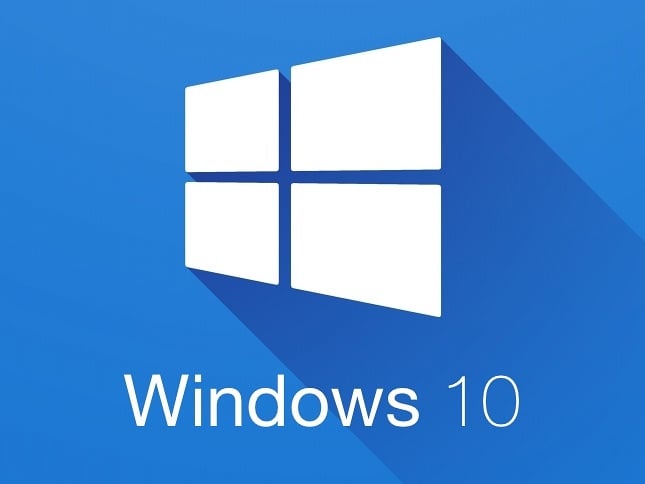I recently acquired a new MoBo, CPU, and RAM kit to upgrade my platform for the first time in just about a decade. What I failed to consider until now is the near requirement of a clean Windows install after the upgrade.
I want to retain as much of my personal files, installed software, Windows and Explorer settings, etc. as humanly possible after the reinstall, WITHOUT retaining any files/drivers that could possibly cause performance loss and/or conflicts. I also use Classic Shell, if that matters.
On Windows 10 Home x64, and my current C: drive is a 1TB SSD, and I plan on backing it up to a 4TB HDD I bought for data hording. GPU and other PCIe cards will remain the same, along with a stack of storage HDDs with various media files and installed software/games.


Ultimately what matters is the storage controller. As long as Windows can load it and access your drive, it’ll automatically detect and load the rest of the device drivers as needed. Where it gets tricky is if you had your storage controller in RAID mode and then switched to AHCI or are using a different brand altogether. What can help fix that is staging the new driver in advance. As long as the storage drivers are in the driver list you’re good to go.
Another thing to watch out for is if you’re running bitlocker. Make sure to remove it in advance or make sure you have the recovery key available as otherwise it’ll consider it a foreign system and it won’t decrypt. Doubly bad if it’s TPM backed.